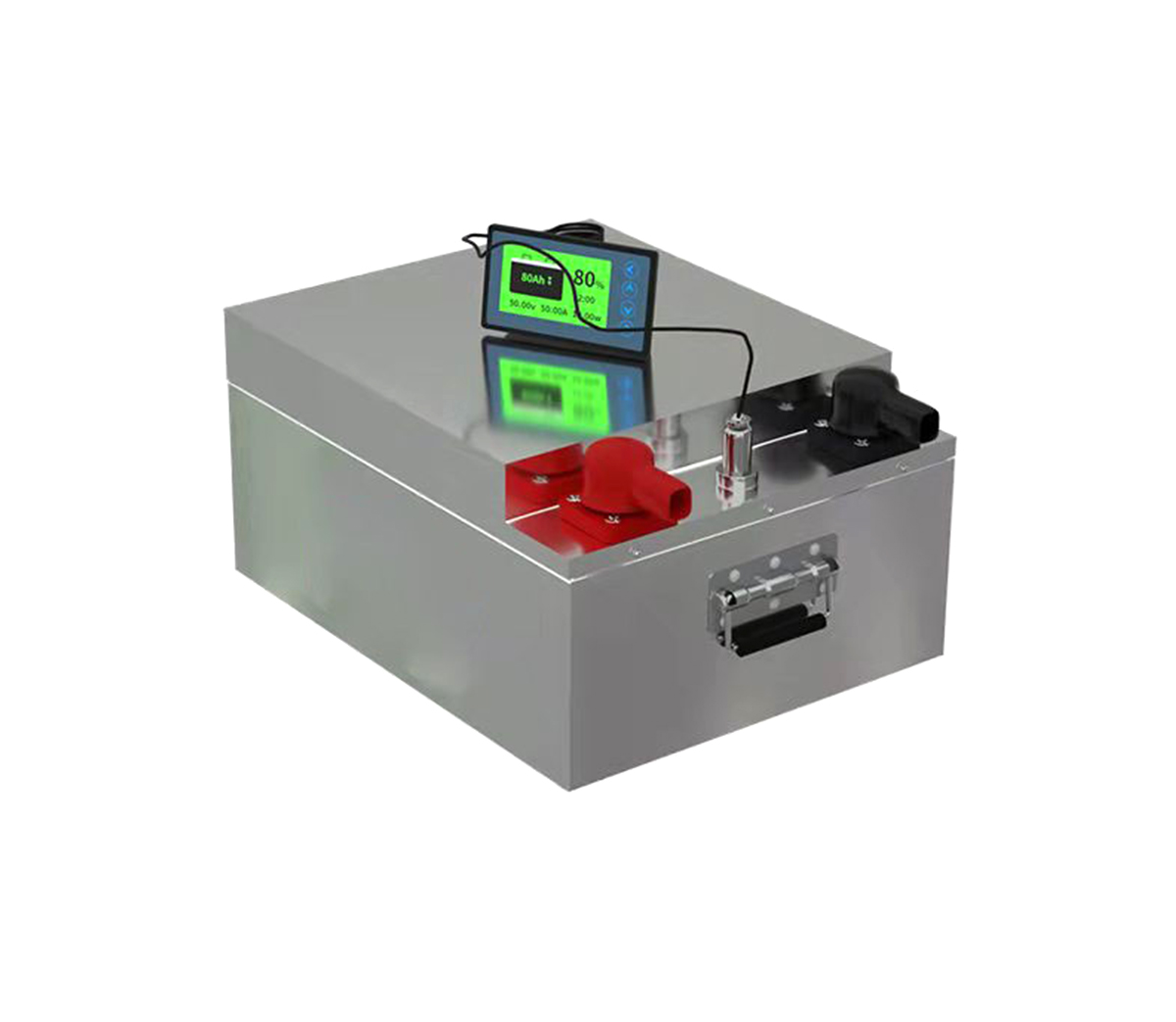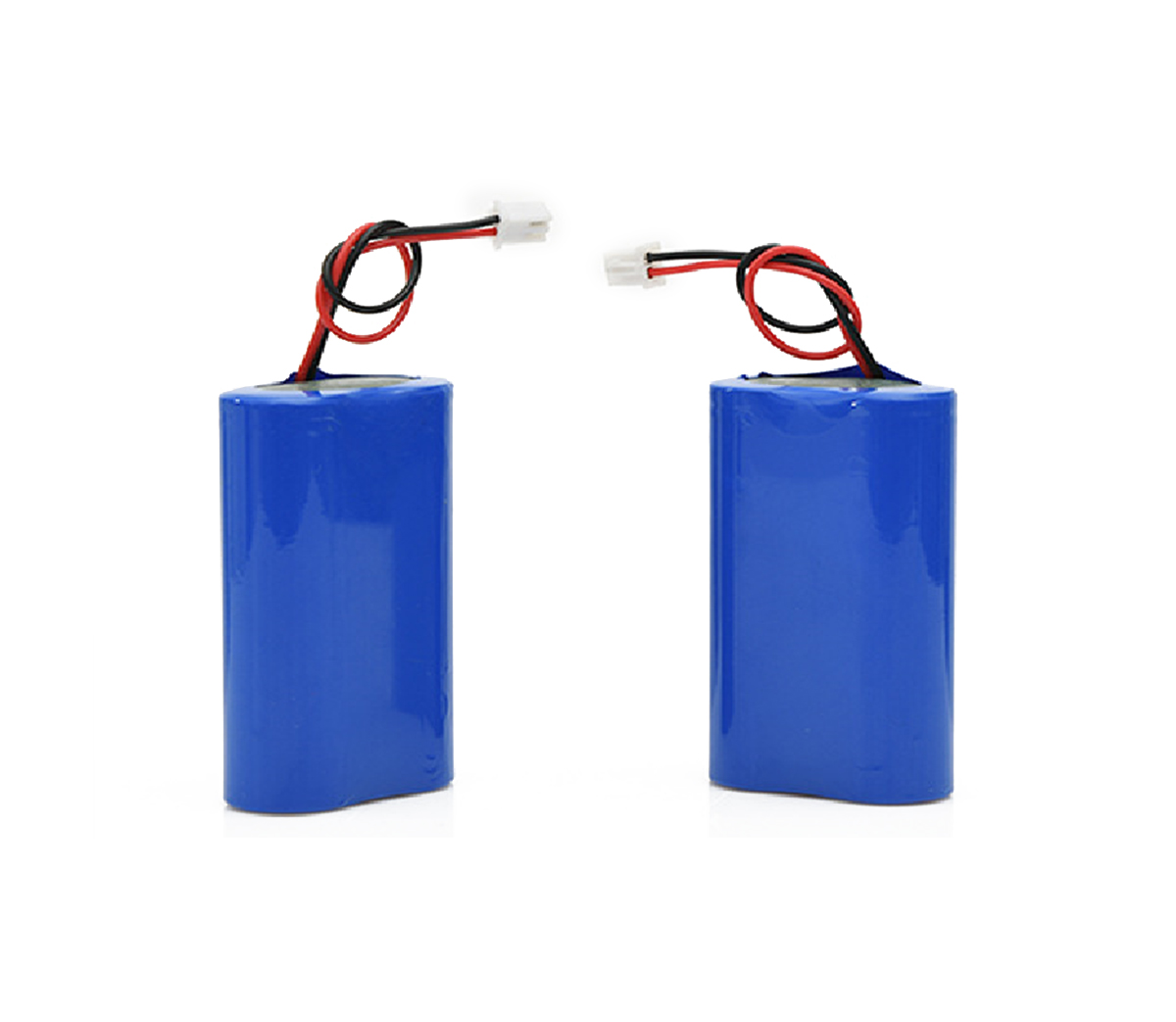Definition and Influencing Factors of Lithium Battery State of Health
(SOH)
The aging of lithium batteries is a long-term gradual process, and the
health of the battery is affected by various factors such as temperature,
current rate, and cut-off voltage. At present, some achievements have been made
in the research and modeling analysis of battery health status. Related research
includes battery degradation mechanism and aging factor analysis, battery health
management, battery status monitoring and estimation, battery life prediction,
etc.
SES Power has launched many intelligent lithium battery products with SOC
and SOH functions more than ten years ago, such as the home energy storage
system HESS (3KW, 5KW inverter output), 12V100Ah, 24V100Ah phosphoric acid that
can be remotely controlled Iron-lithium batteries, shelf-type energy storage
48V50Ah, 48V100Ah for communication base stations, of course, customized
lithium-ion batteries need more SOC, SOH parameters, because these customized
products can be used in -60 degrees environment, -40 degrees Celsius normal use.
Next, let us explain the knowledge of SOH.
A: Definition of SOH
SOH refers to the state of health of the battery, generally in the form of
a percentage to indicate the state of the battery from the beginning of its life
to the end of its life, which is a quantitative description of the current
battery's performance state.
Different manufacturers will have different specific definitions of SOH,
and there is a lack of uniformity. At present, the definition of SOH is mainly
reflected in several aspects such as capacity, electricity, internal resistance,
cycle times and peak power.
a1 Capacity Definition SOH:
The battery capacity decay is used to define the most SOH, and the given
SOH definition is as follows:

In the formula: Caged is the current capacity of the battery; Crated is the
rated capacity of the battery.
a2 Electricity definition SOH
The definition of SOH for electricity consumption is similar to the
definition of capacity, because the rated capacity of the battery has the actual
effective capacity and the maximum capacity, and the actual capacity of the
battery is somewhat different from the nominal rated capacity.

In the formula: Qaged-max is the maximum discharge capacity of the current
battery; Qnew-max is the maximum discharge capacity of the new battery.
a3 Internal resistance defines SOH
The increase of the internal resistance of the battery is an important
manifestation of the aging of the battery, and it is also the reason for the
further aging of the battery. Many lithium battery manufacturers use the
internal resistance to define the SOH.

In the formula: REOL is the internal resistance at the end of the battery
life; Rc is the internal resistance of the current battery; Rnew is the internal
resistance of the new battery.
a4 The number of remaining cycles defines SOH
In addition to using battery performance indicators such as capacity and
internal resistance to define the SOH, there are also lithium battery
manufacturers that define the SOH of the battery by the number of remaining
cycles of the battery.

In the formula: Cntremain is the number of remaining cycles of the battery;
Cnttota is the total number of cycles of the battery.
The SOH definitions of the above four types of batteries are relatively
common in the market. The definition of capacity and electricity is highly
operable, and the capacity is the external performance of the battery. The
definition of internal resistance and remaining times is not very operable, and
the remaining number of cycles and the total number of cycles cannot be
accurately predicted.
B: Factors affecting the health status of lithium batteries
It is generally believed that lithium ion deposition, SEI film thickening,
and loss of active materials are the main reasons for battery aging and capacity
fading. The abuse of lithium battery will accelerate the aging of the battery,
and the normal use of the battery will also affect the health of the
battery.
b1 Influence of temperature on battery SOH
Temperature is generally considered to be the main factor affecting the
state of health of a battery. Temperature has a dual effect on the performance
of the battery. On the one hand, high temperature will speed up the chemical
reaction rate inside the battery, improving the efficiency and performance of
the battery. Aging and capacity fading of batteries.
The effect of b2 current rate on battery SOH
The current rate during the charging and discharging process will affect
the life of the battery. The 18650 battery was tested for 300 cycles at three
different discharge rates. 18.3% and 27.7%, and high-rate discharge will
generate more heat inside the battery, accelerating battery aging, and the SEI
film is thicker than low-rate discharge.
b3 Influence of depth of discharge on battery SOH
The depth of discharge has an impact on the health of the battery, and it
is believed that the battery has a cumulative total transferred energy. Through
the cycle test of different discharge depths of lithium batteries, the
relationship between the cumulative transfer energy of the battery and the
battery capacity attenuation is analyzed, and it is concluded that before the
battery capacity decays to 85%, the cumulative transferred energy of the battery
is in deep charging and deep discharging and shallow charging and shallow
charging. The two modes of discharge are basically the same. When the battery
capacity decays to 85% to 75%, the accumulative transfer energy and energy
efficiency of the battery are better than the shallow charge and shallow
discharge mode.
SES Power has a real understanding of this conclusion, because in order to
satisfy customers who are very concerned about cost performance, we often use
retired echelon square lithium batteries, but these batteries usually decay to a
certain extent, we must design reasonable charging, Discharge mode to extend the
real life of the battery.
Influence of b4 cycle interval on battery SOH
Different charging and discharging cycle intervals actually correspond to
different internal resistances of the batteries. Therefore, the battery heats up
and reacts slightly differently during the cycle. Therefore, some experts
suggest that the battery SOC range is 20%~80%, which is beneficial to battery
health and cycling. life.
b5 Influence of charge-discharge cut-off voltage on battery SOH
Overcharge and overdischarge of the battery will affect the health of the
battery, and inappropriate upper and lower voltage limits will affect the
battery. The lower the discharge cut-off voltage, the greater the internal
resistance of the battery, resulting in internal heating of the battery, at the
same time causing an increase in side reactions, accelerated aging and capacity
decay of the battery. Excessive charge cut-off voltage causes the internal
resistance of the battery to increase, the internal heat of the battery
increases, and the phenomenon of "lithium precipitation" occurs and the
corresponding side reactions increase, which affects the capacity and aging of
the battery.
In summary, the operating temperature, charge-discharge rate, depth of
discharge, cycle interval and charge-discharge cut-off voltage of the battery
will all have an impact on the battery's health and life. The quantitative
analysis of these influencing factors on battery aging and the coupling
relationship of each factor are the focus of research by lithium battery
manufacturers.






































